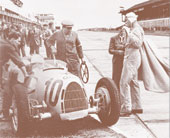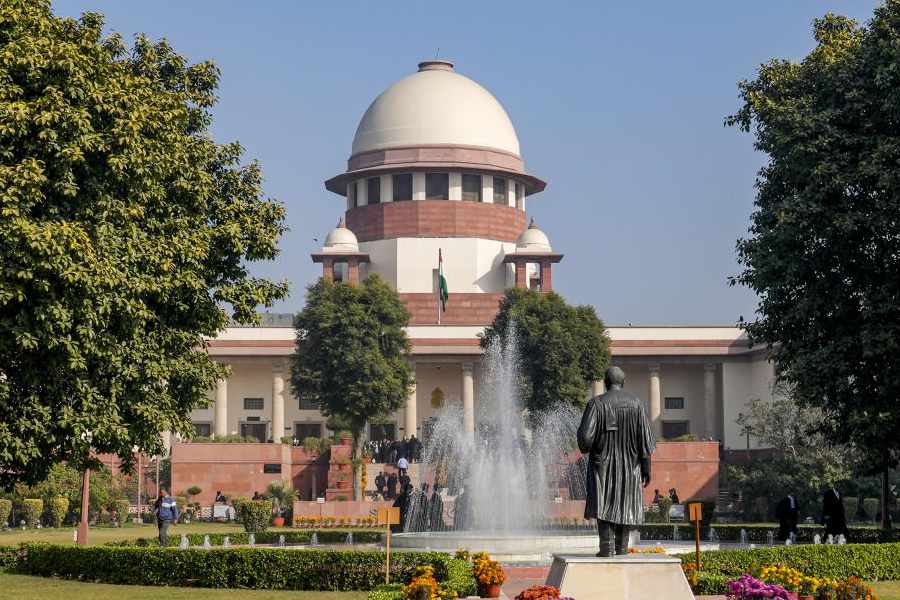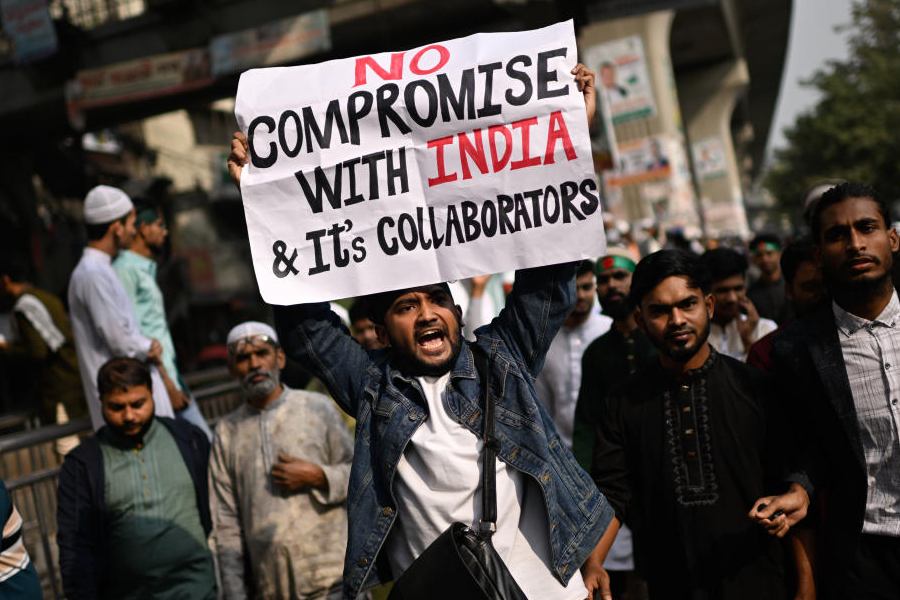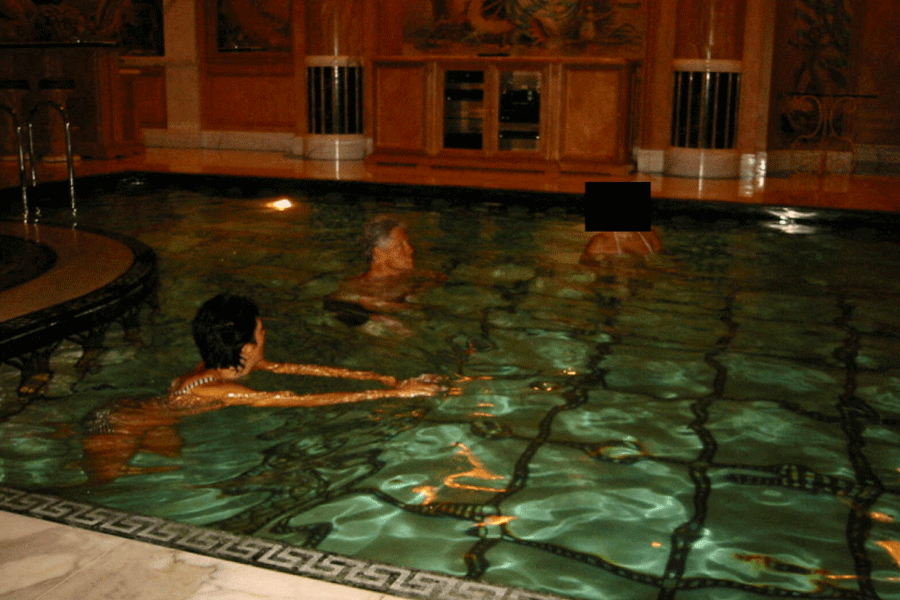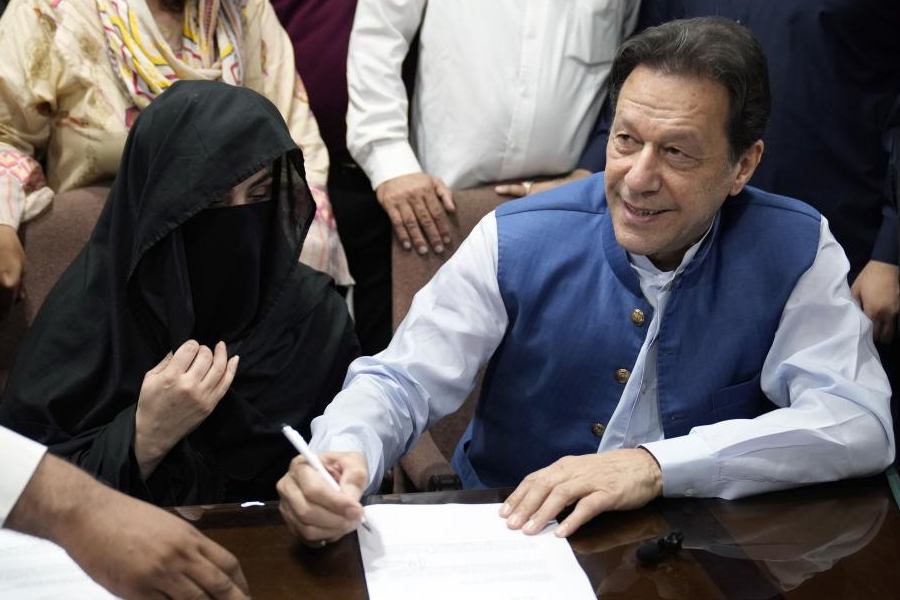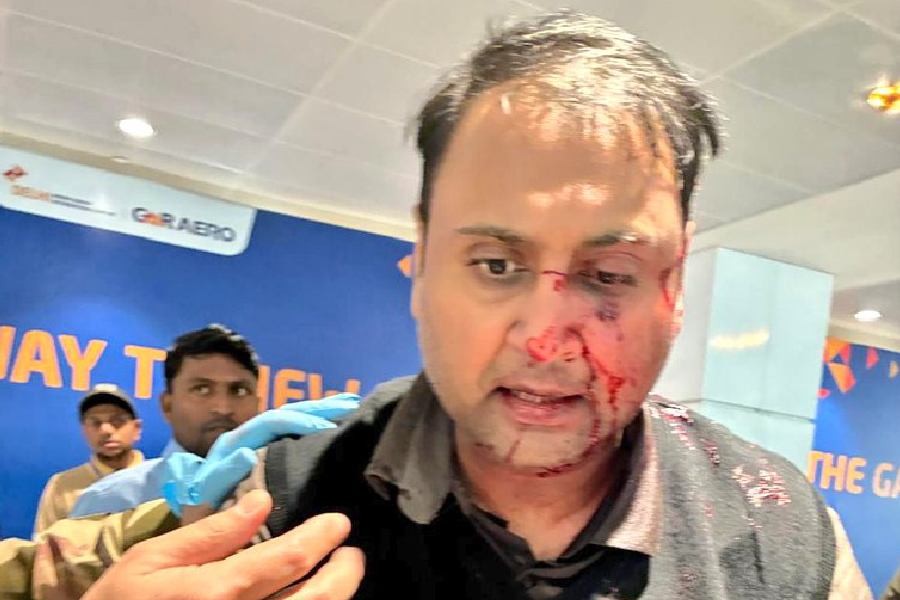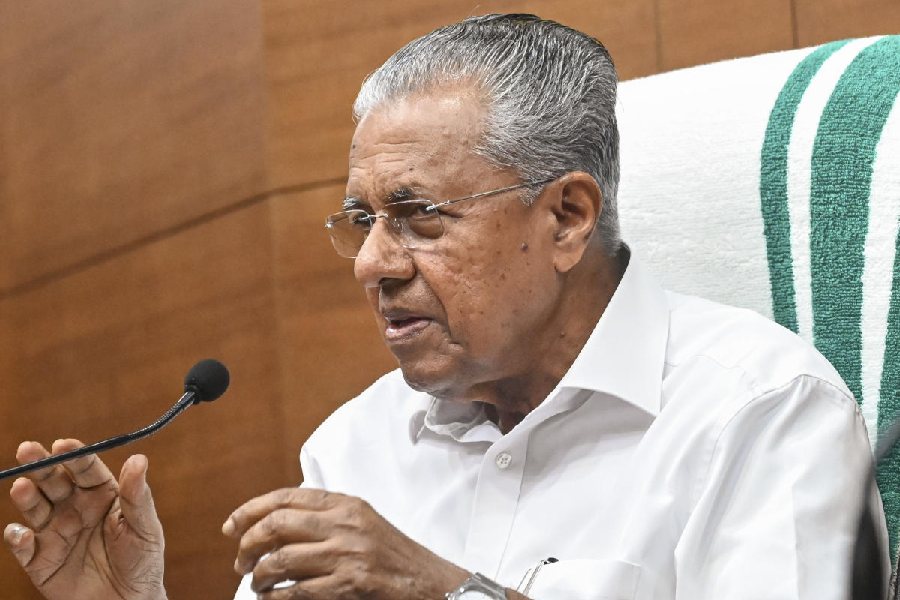 |
| Yesteryear driving great Hans Stuck (extreme right) with his Auto Union and crew at a Grand Prix race |
I was photographing a children?s soccer league match the other day and after the game, I heard something I never thought I?d hear out of an Indian child?s mouth. A small chap was asking his dad to hurry up because they had to see Narain. I simply had to ask the kid ? ?What about Narain?? The father then turned around and said, ?He is racing today, don?t you know??
The fact that children have begun to think beyond cricket warms the cockles of my heart. Till a few months ago, someone asking any young Indian about F1 racing would have got Michael Schumacher for a reply. A few may have mentioned Montoya or Button. But probe a bit deeper into the kid?s knowledge base and you?d have come to a dead stop with Ayrton Senna and Alain Prost. A few may have heard of Juan Manuel Fangio but only because Michael Schumacher first equalled and then beat his record of five world championship titles. But mention greats like Bernd Rosemeyer, Manfred von Brauchitsch, Tazio Nuvolari and Achille Varzi and one is sure to draw a blank expression from these kids.
The fact is that F1 is not just about the drivers and cars of today. Motorsport is over 100 years old and it is only what it is today because of the men and their cars that helped the sport evolve over the years. The 1930s were the period when pre-war racing was at its peak and teams like Auto Union, Mercedes, Alfa Romeo and Ferrari were battling it out, not just for trophies but national pride. Hitler decided to back both Auto Union and Mercedes because this would increase the chances of a German team and driver winning the races, thereby showcasing German technology before the world.
Thus a number of German drivers became very well known. Bernd Rosemeyer was born in Lingen, Germany in 1909. He started off as a bike racer but when he impressed the bosses at Auto Union by mastering the notoriously tricky-to-handle, rear-engined Porsche-designed Auto Union C with close to 600BHP, he was made a reserve driver for the team. Every chance he got to drive saw him battling for the lead and he ended his first season with a victory at the Czech GP at Brno.
The next year (1936) saw him taking Auto Union to wins on a consistent basis, winning both the Eifel and German GPs at the famous Nurburgring circuit, the Coppa Acerbo at Pescara, the Swiss GP at Berne and the Italian GP at Monza. He was on the podium in Budapest, Hungary as well. That year, he became the European champion which was effectively the World Championships of the time. His wife was Elly Beinhorn, a woman of great repute as an aviatrix. Together they were Germany?s number one couple. Rosemeyer?s career was cut short, however, when he died in a crash in 1938 while attempting a speed record in a specially built Auto Union on the Frankfurt- Darmstadt autobahn.
Rudolf Caracciola was the mainstay of the Mercedes Silver Arrows racing team in the pre-war days. Born in Remagen on the River Rhine where his father was a hotelier, he started out as a salesman with Mercedes. In 1931, he was given a drive in the Mercedes SSK in the Mille Miglia and became the first non-Italian to win the race. He won the Formula Libre class at Nurburgring, beating Bugattis and Alfa Romeos. After a stint racing Alfa Romeos and later having his own private team, he returned to Mercedes to begin the first of his several years of domination in the brilliant W Series cars ? the 125, the 154 and the 25A. Caracciola won the European Championship three times and twice in succession in 1937 and 1938. Unfortunately his career was cut short by the outbreak of war. Post war, he did attempt a comeback but after two bad accidents, decided to hang up his racing boots.
Herman Lang was a working class German who started out as a mechanic. In 1939, he became the European Champion for Mercedes with five wins out of eight starts He had to deal with adversity in his time particularly from team members who knew of his background and had only disdain for him. One such team member was Manfred von Brauschitsch. An aristocrat, he was a great driver but won only three major races between 1934 and 1939. He shot to infamy when he dared to flout team orders by winning at Monaco ahead of teammate Caracciola. Like Caracciola, Brauchitsch?s career was also cut short by World War II.
Italians were at the forefront of racing all through the 1930s. Some like Achille Varzi and Tazio Nuvolari (later) drove for German teams while Giuseppe Farina drove Alfa Romeos. Nuvolari was from Casteldorio near Mantua in Italy. He was an Alfa Romeo driver initially until the team withdrew from racing. He was unable to get into the Auto Union team as Varzi was already there and did not want another driver as good or better than himself. Nuvolari made his point by beating both the German teams at the German GP in 1935 ? in his obsolete Alfa.
He finally got his break in Auto Union in 1938 and immediately won two races . His career ended on September 3 as soon as he crossed the finish line at the Yugoslavian GP, totally unaware that World War II had just begun a few hours earlier. Achille Varzi was a brilliant driver who like many others of the time, was a bike racer. His first car was a Bugatti in which he impressed Auto Union enough to give him a test. He drove for the German team over 1935 and 1936, and won six times. But he had a morphine abuse problem following an affair with another driver?s wife. Though Varzi was dropped, he was reinstated in 1937 by Auto Union who thought he?d kicked the habit. Varzi managed a comeback after World War II but died in 1948 while practising for the Swiss GP.
The 30s was replete with brilliant drivers driving often unmanageable cars, with engines developing close to 500-600BHP but narrow, skinny tyres and practically no safety equipment. They wore no helmets, only a linen cap, and the engines spewed out a lot of greasy exhaust fumes, leaving the drivers with blackened faces. Those were the glory days of the sport and it was all about the spirit of adventure, a bit of recklessness and a whole lot of danger. Men were men and lived on the edge at all times. Indeed, Formula One today appears timid in comparison.
My dream car
 |
Abhishek Dutta
fashion designer
No second guesses on this one! My ultimate dream car would have to be a Ferrari in flaming red. You see, I love a good sports car — there’s nothing quite like it! In fact, even the yellow Wagon R that I currently drive has been given a sporty makeover courtesy the bumper stickers I’ve put all over, the tail fins and air ventilators on the front panel. And I know all this would look even more amazing on the Ferrari, which is the ultimate mean machine. It’s solidly dependable with a powerful engine and is all in all, a high-performance vehicle. Moreover, it has a killer reputation in the international automobile market.
While my international dream car is the Ferrari, it isn’t really available on our shores yet. So among all the cars in India, I’d love to own a Mitsubishi Lancer, which I think is perfect for the roads here. It’s sturdy enough to take the potholes and is a nice, smooth drive. Better yet, it’s great looking too!

